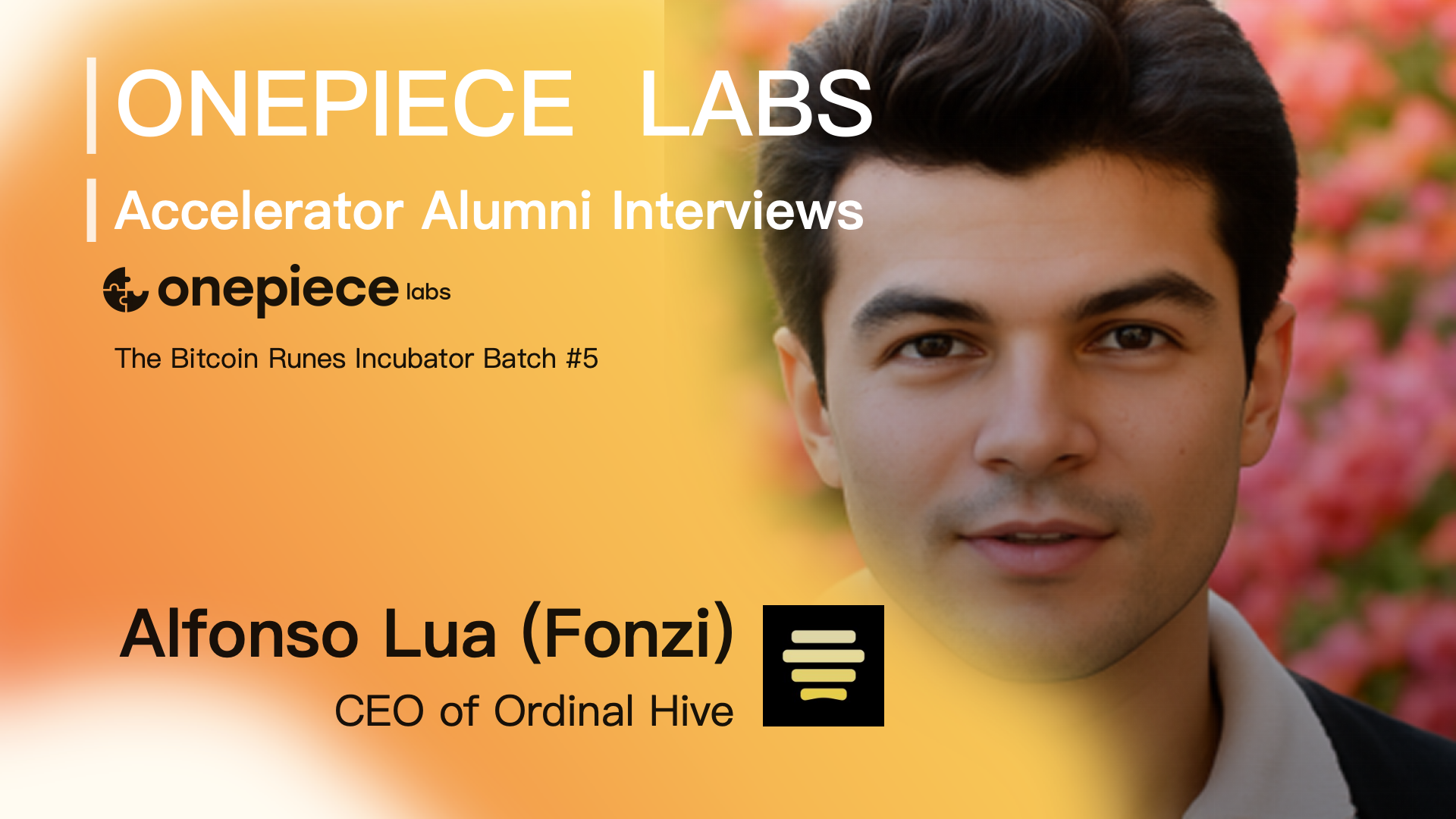
Absolutely. My name is Fonzi, and I have about a decade of experience in the crypto space. The idea behind Ordinal Hive was born from the need for better trading infrastructure and a professional platform on Bitcoin when these assets really emerged. We saw a clear need for a highly professional, institutional-grade infrastructure to trade these assets faster, better, and to aggregate liquidity and markets across Bitcoin. That was the core motivation.
The comparison is an easy way for people to quickly grasp what we’re aiming to achieve, but the foundation and the build are completely different. Every blockchain has its own ecosystem and nuances. We built our professional trading platform around Bitcoin’s specific mechanics—focusing on faster trading speeds and an improved transaction experience. We wanted to make the experience similar to what traders have in other ecosystems like Solana.
We’ve also been able to become the second biggest aggregator in the ecosystem. This is critical because the Bitcoin market is like a "dinosaur"—there are no smart contracts, you have to build everything from scratch, and most marketplaces are isolated. We built the aggregation layer to combine listings, data, and liquidity across marketplaces into one single interface. It's an all-in-one shop that provides a more well-rounded view of the market and superior price discovery.
Building on Bitcoin requires a very patient, purposeful build because it lacks smart contracts. We had to think outside the box, especially regarding aggregation. Most of these marketplaces had closed APIs or didn't provide the specific endpoints we needed early on. We had to be creative with our data capture to overcome this.
Being constrained actually led to creative solutions that gave us an edge. For instance, any data—a new listing, a bid, or added liquidity—on a different marketplace shows up in real-time in ours. Achieving that kind of real-time data is essential for any professional trading environment.
Another core challenge was achieving faster trades on Bitcoin Layer 1. We essentially enable users to trade the same asset multiple times within a block before it clears, which is very similar to high-speed trading on other networks. We achieved this by consistently tackling the problem of slow times and making the process real-time.
NFTs are different from tokens; they have culture and community, and they are non-fungible. We've observed that users tend to trade these assets when there is liquidity and money rotation. It's cyclical: when Bitcoin's dominance falls, the money rotates into altcoins, then tokens, and finally, into NFTs.
This rotation has given us unique insights and engagement opportunities. It also opened the door for us to allow the trading of other assets on our platform. Our future roadmap involves integrating some TradFi elements and assets into the platform, leveraging the massive liquidity and wide acceptance that Bitcoin already enjoys as a blockchain with proven product-market fit.
Snipe protection was a huge early feature. Since we introduced it, sniping is pretty much dead—that was an expected and necessary outcome.
The real price winner comes in two folds: execution and real-time price aggregation. Traders want the quickest and most accurate price discovery. We are constantly scanning the mempool and other marketplaces to be the first to reflect any changes. The speed of our price discovery has to be the most efficient in the ecosystem, and we’ve achieved that.
These key features give us a significant edge. Professional traders gravitate toward the most liquid and institutional-grade markets, and those are the ones that prioritize and optimize for speed—which is precisely what we have done.
My time with the OnePiece Labs accelerator has been fantastic. The mentorship was invaluable—I got very close with individuals like Zoe, KJ, and DAFU, who provided consistent guidance and a lot of direct, useful feedback.
The network also plays a huge role. I was able to get connected with pretty much anyone I needed, including key opinion leaders and other projects, which was vital for securing necessary partnerships.
The program also fosters an environment of innovation and creativity among the founders. Being placed with other motivated individuals allows you to grow together, bounce ideas off each other, and receive solid advice from people facing similar problems.
Yes, one of the most crucial insights was a comment from a fellow founder: "You want to build the product that the users want." This is 100% correct. You can't build a product aimlessly.
The best way to do this is by involving users from day one. We ran a pilot program and an ambassadors program to ensure we got the feedback necessary to iterate the platform and build what the users consistently wanted. We made them part of the unique experience, which was a very valuable mindset shift.
We’re moving towards something much more mature than just Ordinals and Runes. I think the introduction of on-chain stocks and tokenized TradFi assets is becoming much more appealing, especially as institutions enter the ecosystem. Stablecoins are the foundation for this.
Our long-term role is evolving to support this. We’ve partnered with Torum to build a platform for options and derivatives trading, including Real World Assets (RWA). We see a future where more mature ecosystems exist within Bitcoin, moving away from just meme tokens towards RWAs and tokenized financial assets.
Being part of this wave of founders and builders is a fantastic thing. We’ve been able to see the ecosystem mature from its early days to where it is now, and it's a wave we don't want to miss.
What excites me most is the future evolution of the space—the integration of TradFi assets, on-chain trading of stocks, and the growing interest from institutions like Robinhood, Coinbase, and BlackRock. To be a part of building the infrastructure for this institutional-grade shift on Bitcoin is a huge motivator. It's a confirmation that this is a great place to be.